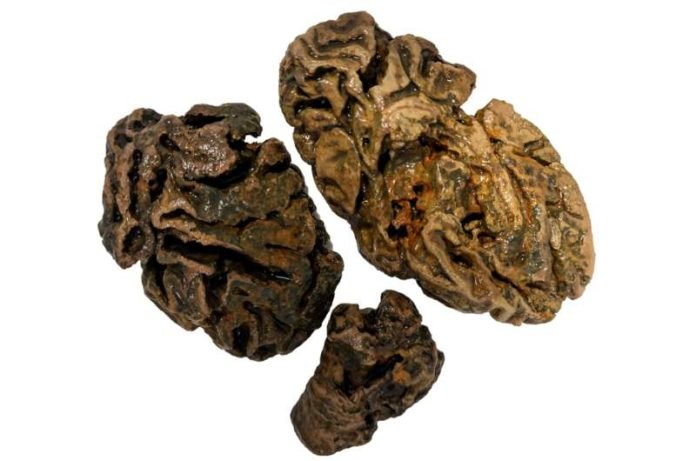
Imagine stumbling upon a brain that’s thousands of years old, not in a science fiction story, but in the real world.
This might sound like something out of a movie, but researchers have found that ancient brains, preserved for centuries or even millennia, are not as rare as we once thought.
In the past, finding a brain that had survived for ages was considered almost miraculous, especially if it was the only soft part of the body left intact.
Usually, without special treatments like mummification or freezing, soft tissues like brains decay quickly after death. But a new discovery is changing our understanding of how and where these fascinating remnants of the past can exist.
A group of scientists from the University of Oxford, led by a curious and determined researcher named Alexandra Morton-Hayward, has uncovered a treasure trove of preserved human brains.
They went on a global detective mission, diving into archaeological records in over ten different languages, and what they found was astonishing.
They compiled a huge database, the biggest of its kind, which contains information on more than 4,000 ancient human brains found in various parts of the world, from Europe to Asia and even the Americas. This database is over twenty times larger than anything previously put together.
These brains come from all walks of life and periods of history, dating back as far as 12,000 years. They were discovered in places as diverse as lakebeds in Stone Age Sweden, salt mines in ancient Iran, and the peaks of volcanoes in the Incan Empire.
The scientists even found brains that had belonged to Egyptian and Korean royalty, medieval monks, Arctic explorers, and soldiers from long-forgotten battles.
One of the fascinating aspects of this research is how these brains were preserved. The environments where they were found played a crucial role, ranging from freezing Arctic temperatures to the dryness of deserts.
The scientists looked into how different climates and geographical conditions, such as dehydration or being buried in peat bogs, contributed to the preservation of these brains.
Some of these brains were even found to have turned into a kind of “grave wax” or been naturally mummified, keeping them intact for centuries.
What’s intriguing is why the brain, which usually is one of the first organs to decompose after death, can sometimes be the only part of the body to survive through the ages.
The oldest brains in the collection, some dating back to the last Ice Age, raise questions about what special conditions allowed them to outlast all other soft tissues.
The researchers have theories involving complex biochemical processes that might explain these preservation mysteries, like proteins and fats interacting with minerals such as iron or copper.
This groundbreaking research opens up new possibilities for understanding human history and evolution. Ancient brains hold clues about past diseases, diets, and even the development of human intelligence and social behaviors.
With over 4,000 brains now known to science, and many yet to be studied in detail, we’re on the brink of unlocking secrets about our ancestors that have been hidden for millennia.
This work not only challenges our previous beliefs about how well the past can be preserved but also invites us to wonder about the lives of people who walked the earth thousands of years ago.
The research findings can be found in Proceedings of the Royal Society B Biological Sciences.
Copyright © 2024 Knowridge Science Report. All rights reserved.




